Northern Flicker (Colaptes auratus cafer) Red-shafted photos by Larry Jordan
The Northern Flicker (Colaptes auratus) is the third largest woodpecker in North America if you count the Ivory-billed Woodpecker. It is smaller than the Pileated Woodpecker. This is a male red-shafted Northern Flicker I spotted at Lema Ranch Friday afternoon. You can see that the male of the species has a bright red mustache not present on the female. Both sexes have salmon red underwings and tail.
You may also notice that this male has no bright red crescent shaped marking on his nape. You will often find them digging in the ground, in short grass areas, primarily for ants.
This red-shafted subspecies (Colaptes auratus cafer) is found in western North America and the yellow-shafted subspecies (Colaptes auratus auratus) is found in eastern North America. Intergrades of these two subspecies occur, according to the Peterson Field Guide to North America, where their ranges overlap, at the western edge of the plains, but we are seeing them in California.
Note the bright red crescent shaped marking on this bird’s nape. The image below is the female that was hanging out with this male. As far as I know, there is no way to tell if a female is an intergrade or not.
The male Northern Flicker of the yellow-shafted subspecies has a black mustache and the red crescent mark on his nape.
Here are a few photos of the intergrade male after he flew up into a nearby oak tree and into the sun to preen. As always, click on photos for full sized images.
Here you can see the white rump patch that is conspicuous in flight of any of the flickers, male or female.
This last photo shows the beautiful salmon red undertail coverts on this intergrade male.
To see more great bird photos, check out Bird Photography Weekly!

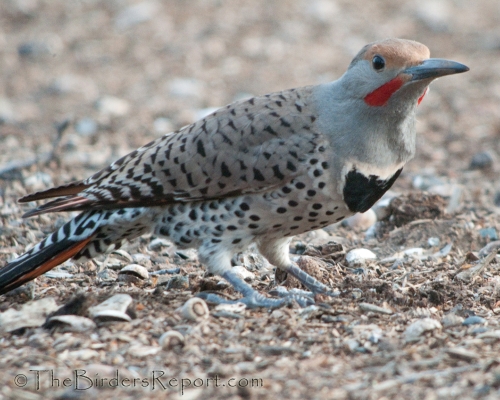
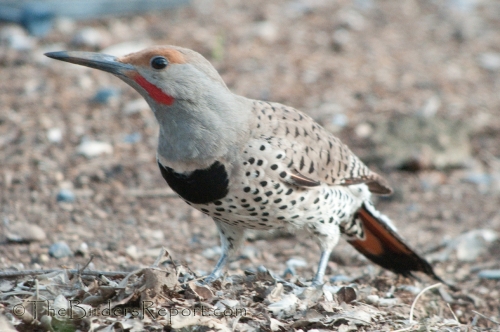
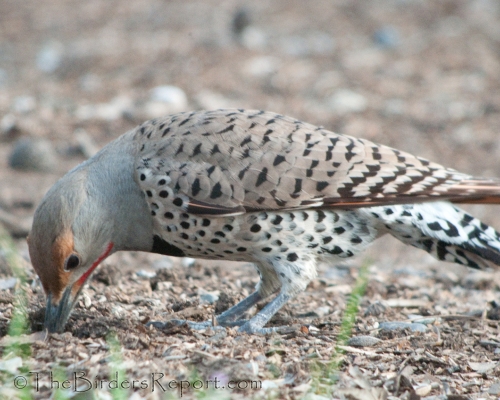
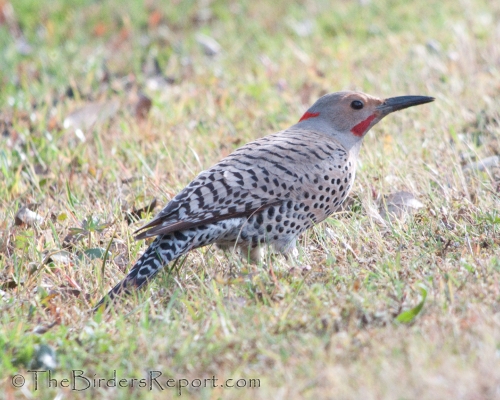
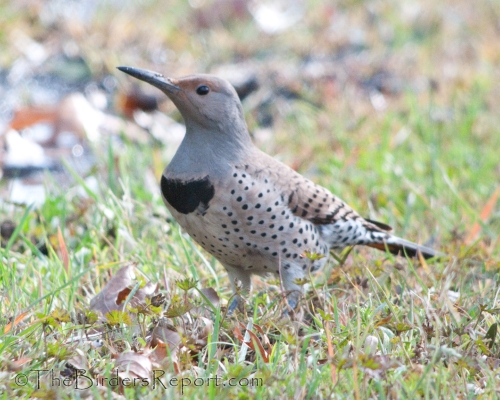
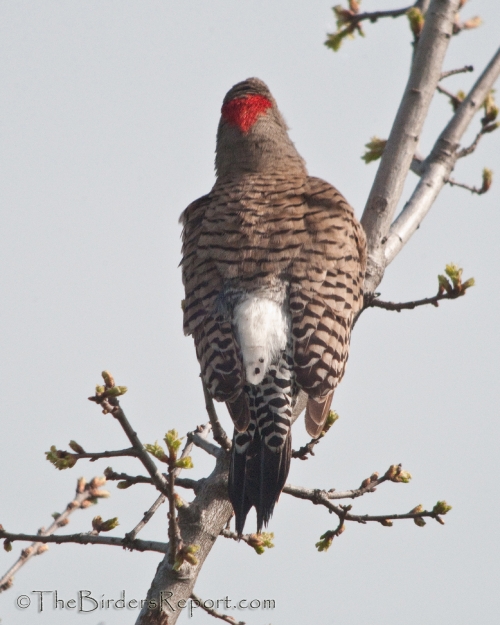
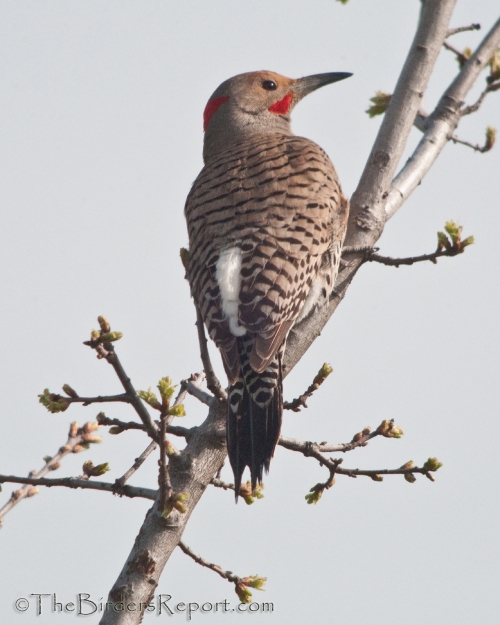









Comments on this entry are closed.
Great photos, Larry. Flickers are among my favorite birds, and not just because they eat their weight and then some in ants. I wouldn’t have caught the intergrade – thanks for the clear explanation.
An interesting account of a fun species Larry. I remember flickers from my times in Canada.
Great photos, I especially appreciated the different angles..
Fabulous shots and what a great find! Well done, my friend! I’ve never seen a red-shafted, only yellow. Great bird
Very awesome photos…visiting from Bird Photography…followed you through NetworkedBlogs, hope you’ll follow me back
mine’s here:
http://lovingoutliving.blogspot.com/2011/03/owl-in-city.html
If these red-shafted varieties are as skittish as the yellowhammers, you must have used a blind or a long lens to get these photos. They are really well composed. I don’t whether we have the red-shafted ones or the intergrades here in southwestern Missouri, but we have the yellow-shafted, and I did get the chance to take some closeups of a one working the window frame this past winter. He probably couldn’t see me through the glass due to a glare or something, because I was able to get right on top of him.